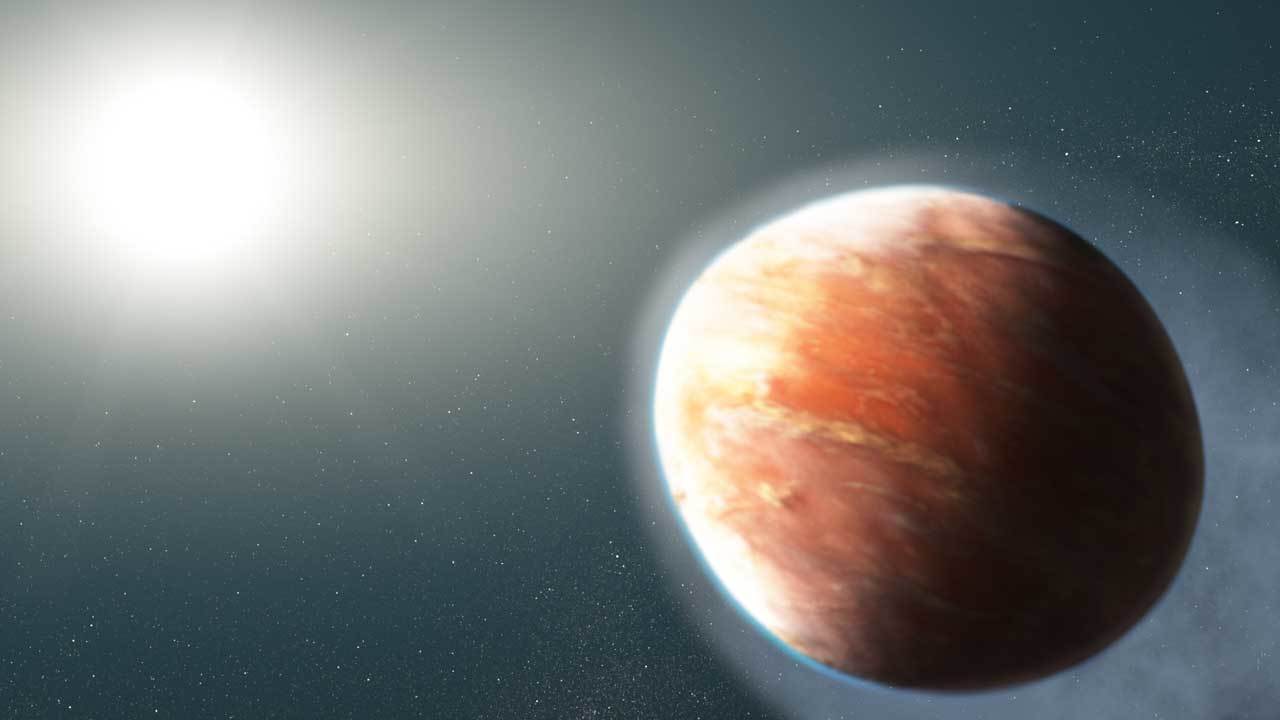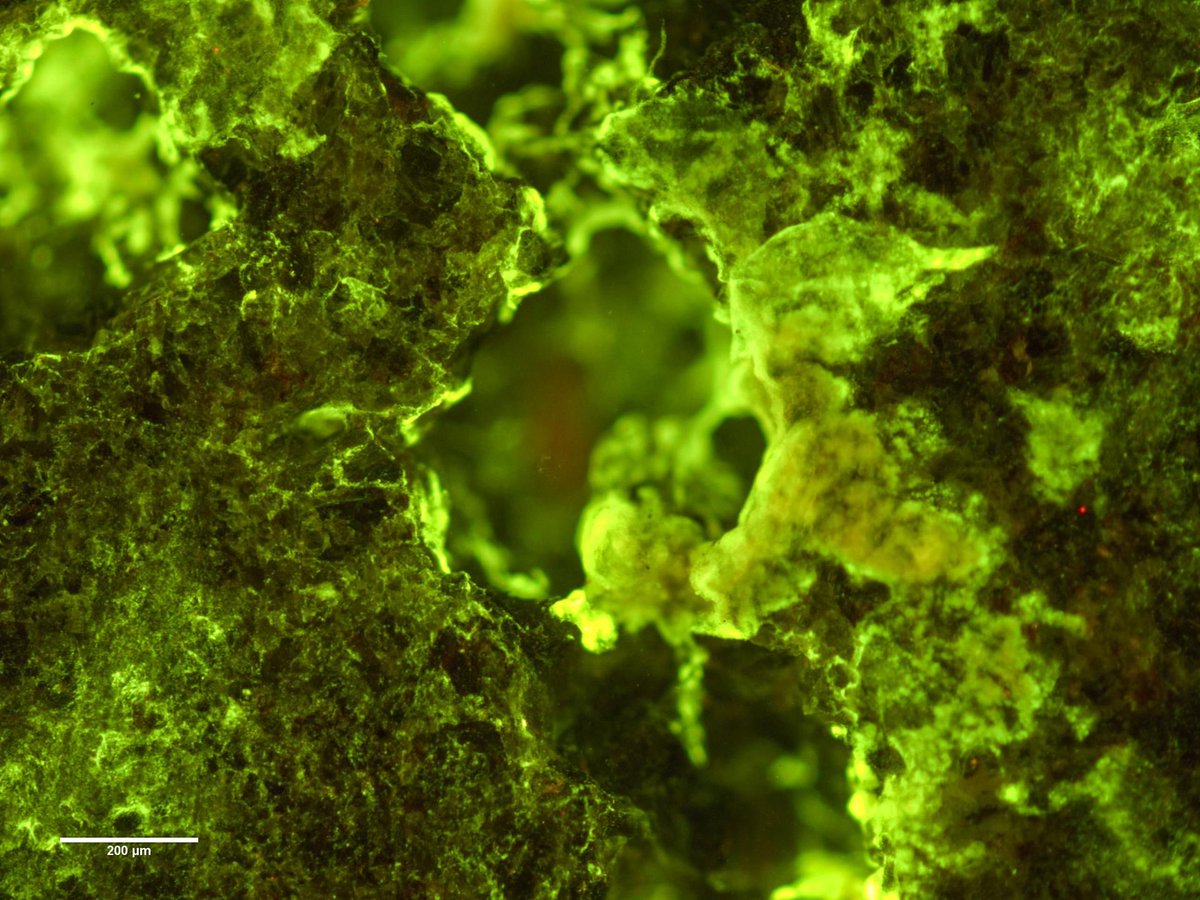History has viewed mining as a job that requires a lot of heavy machinery and physical labor. Pulling valuable material out of the ground has been necessary for human progress for thousands of years. That progress has led to an alternative method of getting those resources out of the Earth or other celestial bodies. The new technique relies on a symbiotic life partner that has co-habited with us for millennia – bacteria. A recent experiment conducted by ESA’s Biorock investigation team shows that this process – known as “biomining” – might be the most effective way to collect some materials in space.
Continue reading “Astronauts Have Used Bacteria to Extract Useful Metals out of Rocks”An Exoplanet So Hot There Are 7 Different Kinds of Gaseous Metals in its Atmosphere

The search for exoplanets has revealed types of planets that are nothing like the worlds in our own Solar System. One such type is the hot-Jupiter. They’re gas giants like Jupiter that orbit their host star very closely. That proximity raises their temperatures to extreme heights.
Hot-Jupiters can be hot enough to vaporize metals, making their atmospheres un-Earthlike. A team of astronomers examining one exoplanet has found 7 different gaseous metals in its atmosphere.
Continue reading “An Exoplanet So Hot There Are 7 Different Kinds of Gaseous Metals in its Atmosphere”
